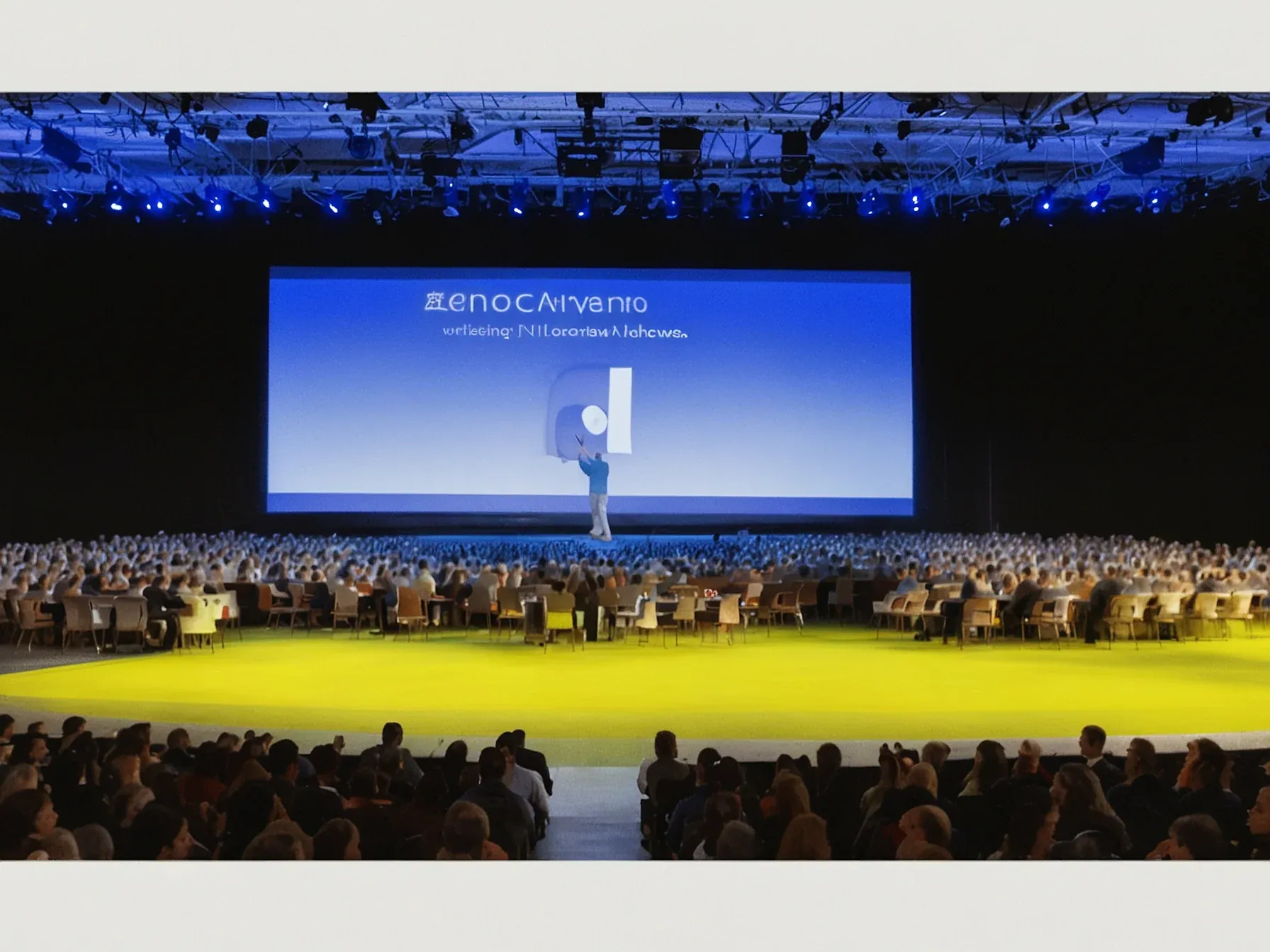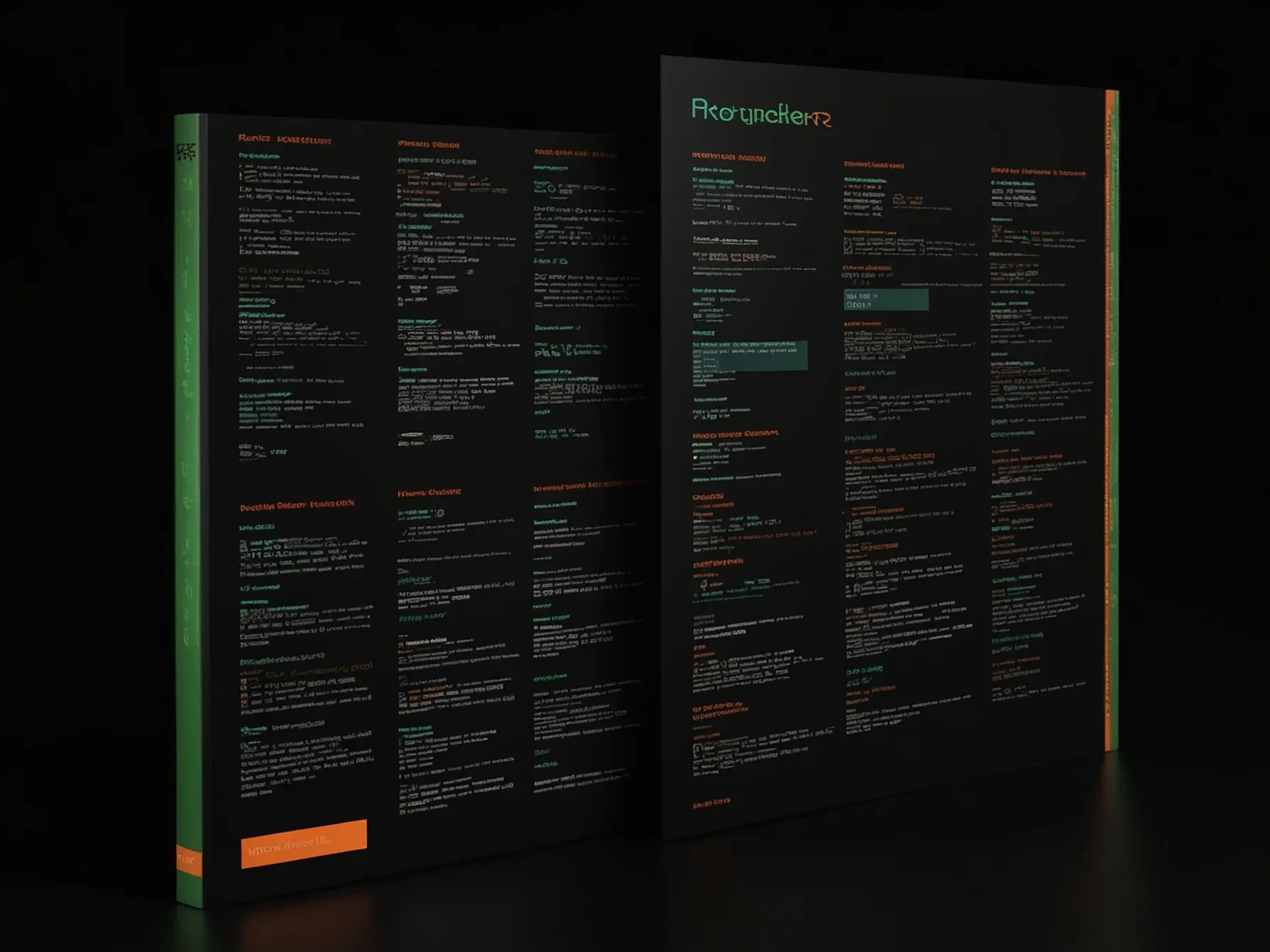
Google's Nano Banana Pro AI model leads GenAI‑Bench in compositional imaging
Google’s latest Nano Banana Pro model has been tossed into the open‑source ring, and the results are turning heads. While the upgrade promises “absolutely bonkers” capabilities for both enterprises and everyday users, the real test comes from independent benchmarks that strip away hype and let the pixels speak for themselves. GenAI‑Bench, a third‑party evaluation platform, ran a suite of compositional imaging tests that pit the new model against its peers across visual quality, prompt fidelity and overall user appeal.
The data set spans dozens of prompts, from simple objects to intricate scenes, and aggregates human preference scores to gauge how well the output matches expectations. In this context, a clear pattern emerges: the Nano Banana Pro iteration, branded Gemini 3 Pro Image, consistently outperforms competing systems. That performance gap isn’t just a statistical blip—it hints at stronger visual coherence and tighter alignment with the language that drives the generation.
The numbers set the stage for the claim that follows.
Benchmarks Signal a Lead in Compositional Image Generation Independent GenAI-Bench results show Gemini 3 Pro Image as a state-of-the-art performer across key categories: It ranks highest in overall user preference, suggesting strong visual coherence and prompt alignment. It leads in visual quality, ahead of competitors like GPT-Image 1 and Seedream v4. Most notably, it dominates in infographic generation, outscoring even Google's own previous model, Gemini 2.5 Flash. Additional benchmarks released by Google show Gemini 3 Pro Image with lower text error rates across multiple languages, as well as stronger performance in image editing fidelity.
Is the hype justified? The Nano Banana Pro model delivers infographics free of spelling errors and restores logos from fragments, feats that developers have called ‘absolutely bonkers.’ Yet the claims rest largely on a single benchmark suite. Independent GenAI‑Bench results place Gemini 3 Pro Image at the top of visual quality and overall user preference, suggesting strong coherence and prompt alignment.
Because the evaluation focuses on compositional imaging, it is unclear whether the same performance will translate to broader creative tasks or to real‑world enterprise pipelines. Moreover, the model’s ability to generate complex diagrams from paragraph prompts is impressive, but the article offers no data on speed, resource consumption, or error rates in less controlled settings. Consequently, while the current metrics paint a favorable picture, the practical implications for everyday users remain uncertain.
The community’s enthusiasm is palpable, but further independent testing will be needed to confirm whether the reported advantages hold up outside the benchmark environment.
Further Reading
- Nano Banana Pro: The Complete Guide to Google's Next-Gen AI Image Model - Skywork.ai
- Nano Banana & Nano Banana 2 & Nano Banana Pro - Advanced AI Image Generator - Nano-Banana.ai
- Nano Banana can be prompt engineered for extremely nuanced AI image generation - Minimaxir
- How to Use Google AI's Nano Banana Image Editing Model in 2025 - SoluteLabs
Common Questions Answered
How does Google’s Nano Banana Pro model perform on the GenAI‑Bench compositional imaging tests?
The Nano Banana Pro model, branded as Gemini 3 Pro Image, achieved the highest overall user preference and visual quality scores on GenAI‑Bench. It also led in infographic generation, surpassing competitors like GPT‑Image 1, Seedream v4, and even Google’s previous Gemini 2.5 Flash.
What specific strengths does Gemini 3 Pro Image show in infographic generation according to the benchmark?
According to GenAI‑Bench, Gemini 3 Pro Image excels at creating infographics without spelling errors and can reconstruct logos from fragmented inputs. These capabilities were highlighted as ‘absolutely bonkers’ by developers and contributed to its top ranking in that category.
Which models did Nano Banana Pro outperform in visual quality and prompt fidelity on the benchmark?
In the GenAI‑Bench evaluation, Nano Banana Pro outperformed GPT‑Image 1 and Seedream v4 in visual quality, and it also ranked higher than Google’s own Gemini 2.5 Flash in prompt alignment and overall coherence. The model’s strong performance was reflected in user preference scores.
Why might the benchmark results for Nano Banana Pro not fully represent its real‑world performance?
The article notes that the GenAI‑Bench results are based on a single suite of compositional imaging tests, which may not capture all use cases. Consequently, it remains uncertain whether the model will maintain the same level of performance across broader tasks beyond infographic generation.




